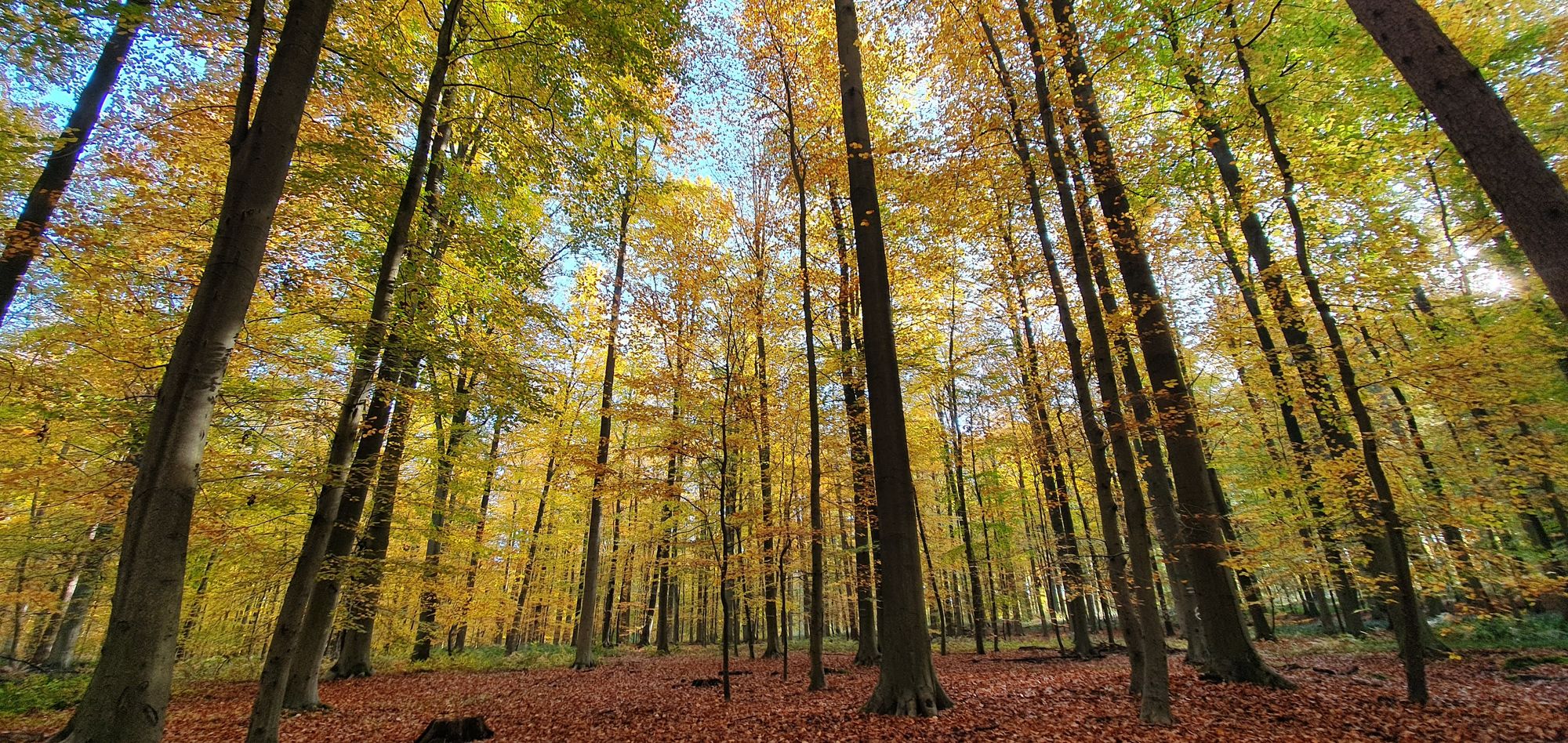Update on Nature Restoration Regulation Discussions in the Council and European Parliament: Flexibility and Monitoring Challenges Discussed

The update provided by the Presidency on the Commission proposal for a nature restoration regulation indicates that considerable progress has been made in discussions within the Council and European Parliament. The Environment Council held a political discussion on the proposal in December 2022, and since then, the Working Party on the Environment has held 15 meetings.
In terms of the provisions related to or affecting agriculture and forestry, the update notes that there is an emerging consensus on the overarching aim and EU-wide targets set out in Article 1 of the proposal, which are in line with the Commission's original proposal. However, there have been discussions regarding the inclusion of a reference to land degradation neutrality.
The restoration of agricultural ecosystems, including peatlands, has been a topic of discussion in the Working Party on the Environment, with Member States expressing varying views on the indicators proposed in Article 9. While the majority of Member States agree to keep all the indicators, there has been a call for more flexibility in the indicator for high biodiversity landscape features. Additionally, the target to restore drained peatlands under agricultural use has raised considerable concerns among Member States, particularly those with large areas of peat soils. The Presidency has proposed giving Member States more flexibility to put in place restoration measures to rewet organic soils under other land uses.
The update also notes discussions related to the restoration of forest ecosystems under Article 10. While some Member States see the need for larger flexibility to choose suitable indicators from a common set, others have welcomed the Commission's proposal of a common set of indicators for the restoration of forest ecosystems at the EU level as appropriate and relevant to ensure comparability between Member States. A majority of Member States want to prolong the interval of monitoring, and the setting of satisfactory levels for all forest-related indicators by Member States by 2030 is another major issue that requires further discussion.
In discussions in the European Parliament, the ENVI Committee considered its rapporteur's draft report in January 2023 and plans to adopt its legislative report in June 2023 with voting in plenary in July. The Special Committee on Agriculture was informed of the developments during its meeting on March 13, 2023, and most of the delegations noted the importance of the provisions for the European agricultural sector, particularly those of Articles 4 and 9. There have also been discussions about the costs of implementation and the need for flexibility in applying the provisions. The Council Working Party for Forestry has also been informed about these developments.

